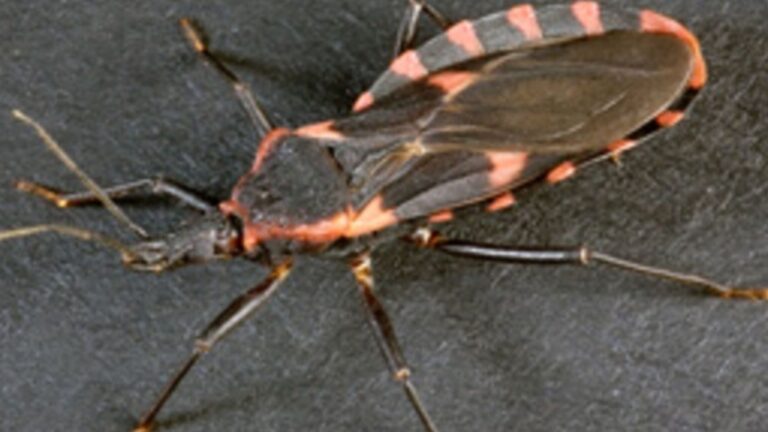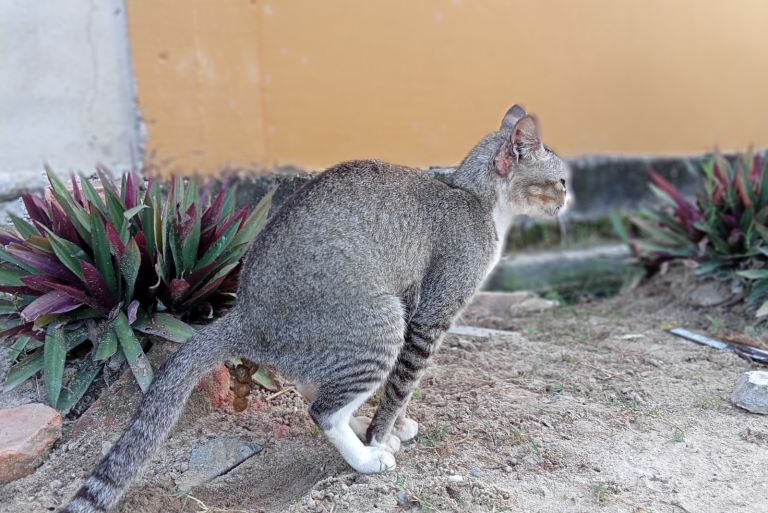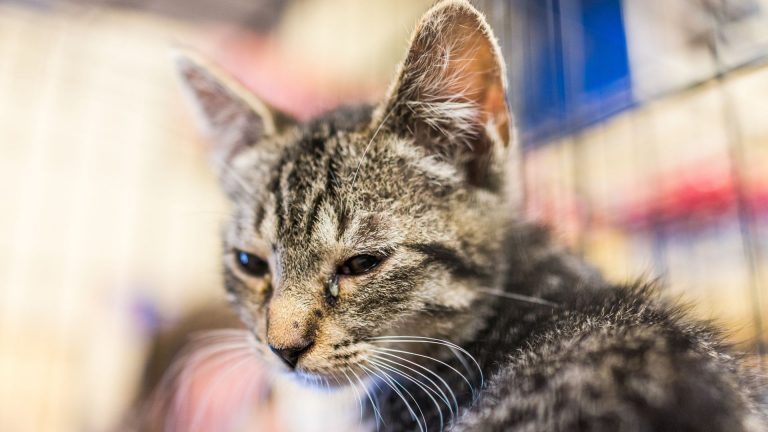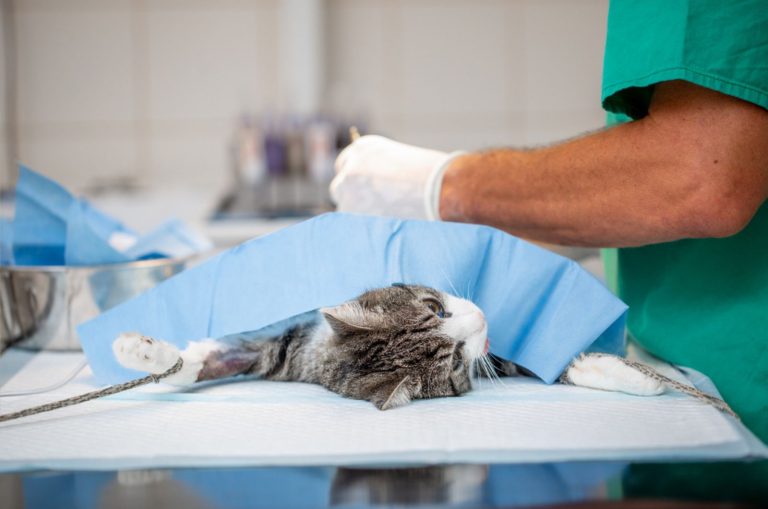These Wild Animals Thrive In Chicago’s Urban Parks
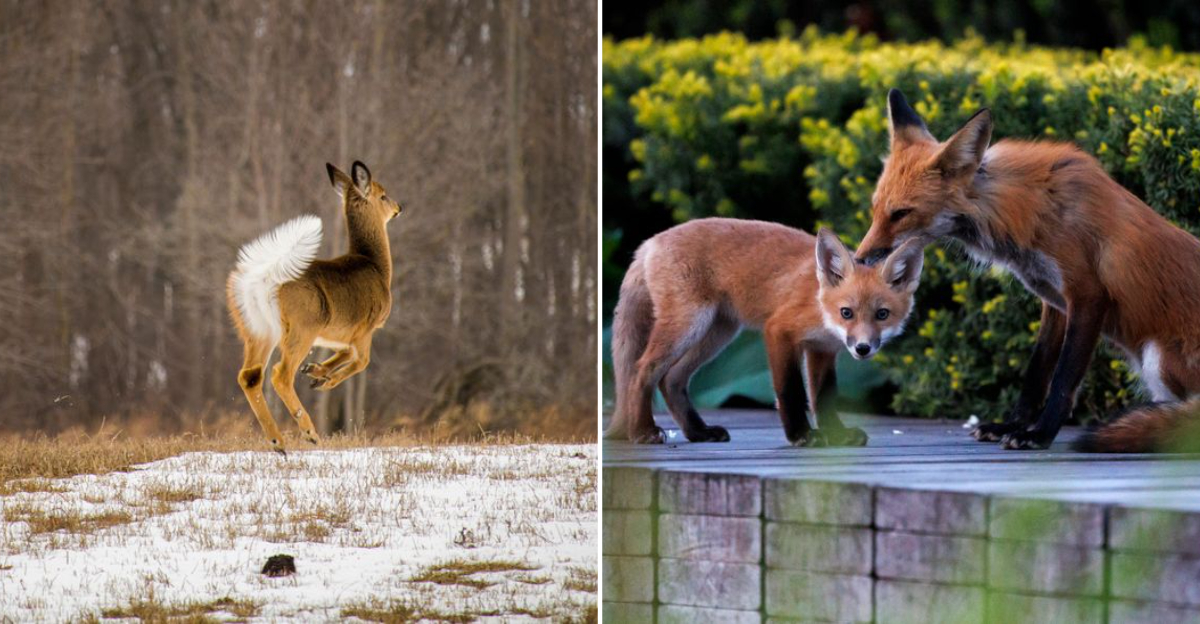
Ever wondered what creatures lurk in Chicago’s green spaces? Beyond the joggers and picnickers, Chicago’s urban parks host a surprising variety of wild animals that have adapted to city living. These resilient creatures have found ways to make the Windy City their home, turning manicured parks into their personal wilderness.
White-tailed Deer
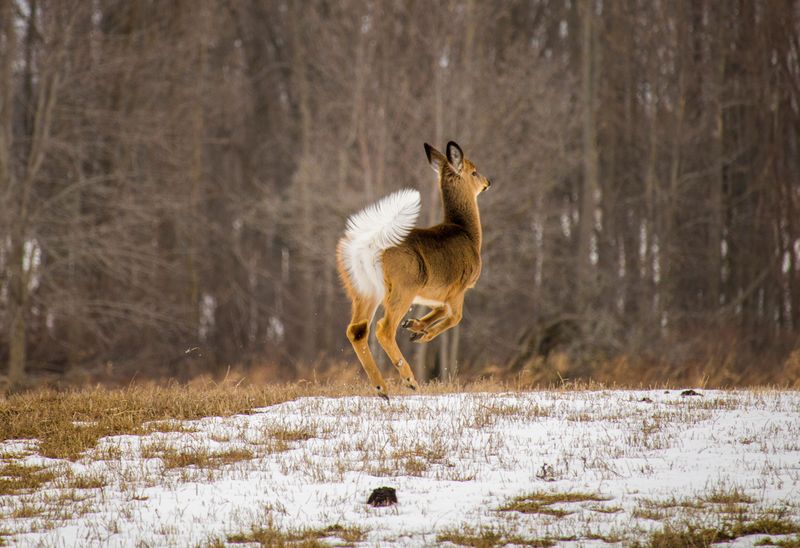
Gracefully bounding through dawn-lit meadows, these elegant creatures have made Chicago’s larger parks their sanctuary.
Despite urban sprawl, white-tailed deer populations thrive in places like the North Park Village Nature Center. Their adaptability allows them to forage on ornamental plantings when natural food is scarce.
Coyotes

Masters of urban adaptation, these clever canines prowl Chicago parks after dark.
Researchers estimate hundreds of coyotes now call Chicago home. They’ve learned to navigate traffic, den in unlikely spots, and maintain their natural hunting behaviors while avoiding humans – making them perfect urban survivors.
Red Foxes
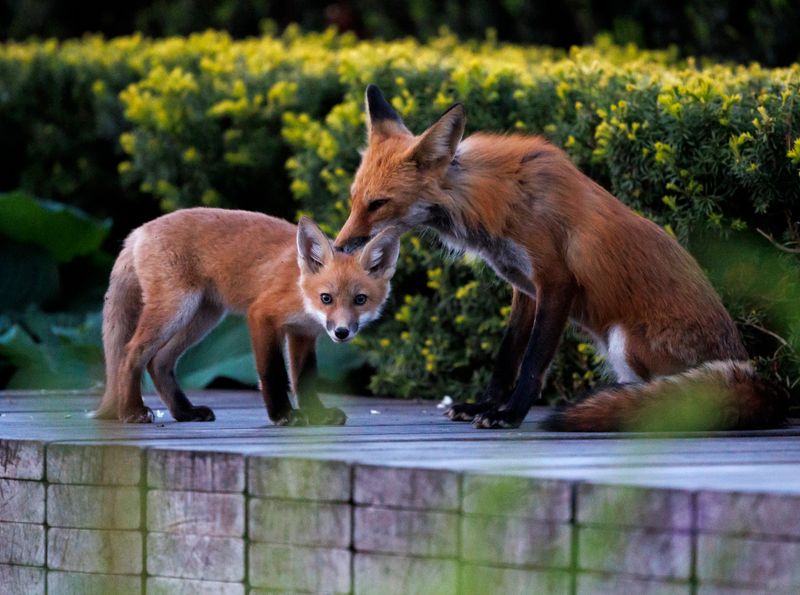
Flashes of rusty-red fur might catch your eye at dusk in Chicago’s quieter green spaces.
These adaptable hunters have carved out territories in parks throughout the city. Red foxes feast on rodents, helping control pest populations naturally, while their secretive nature means most Chicagoans never spot these beautiful residents.
Raccoons
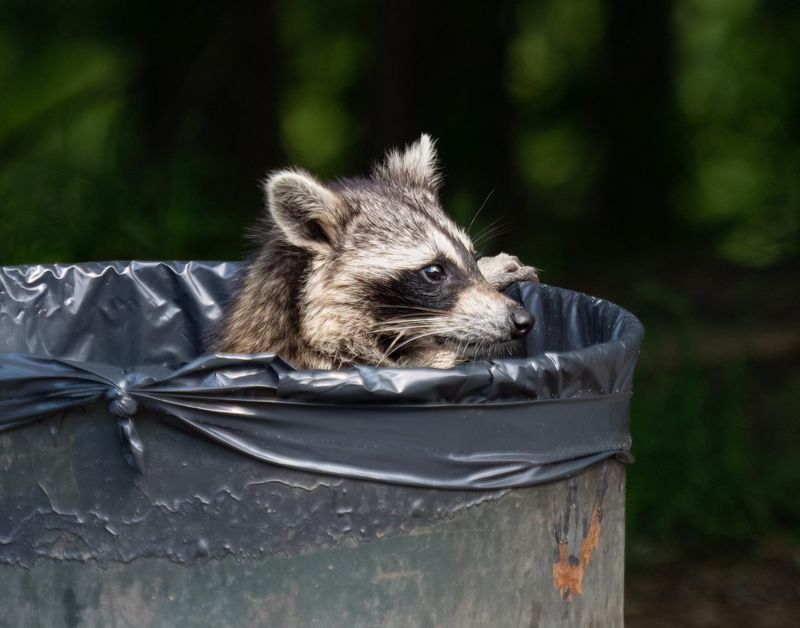
Behind those bandit masks lies exceptional intelligence that helps these mammals thrive alongside humans.
Chicago’s raccoons have mastered park living by raiding trash cans and finding shelter in hollow trees. Their famous dexterous paws can manipulate complex objects, making them crafty nighttime foragers in places like Humboldt Park.
Opossums
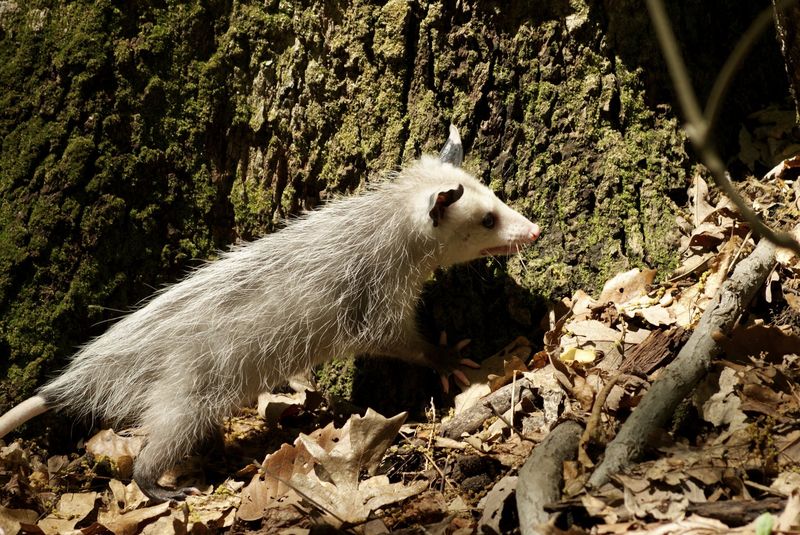
North America’s only marsupial waddles through Chicago parks, providing free pest control services.
These misunderstood creatures consume thousands of ticks annually and are naturally resistant to rabies. Though they look fierce when threatened, opossums prefer to play dead rather than fight, earning them the nickname ‘nature’s cleanup crew.’
Skunks
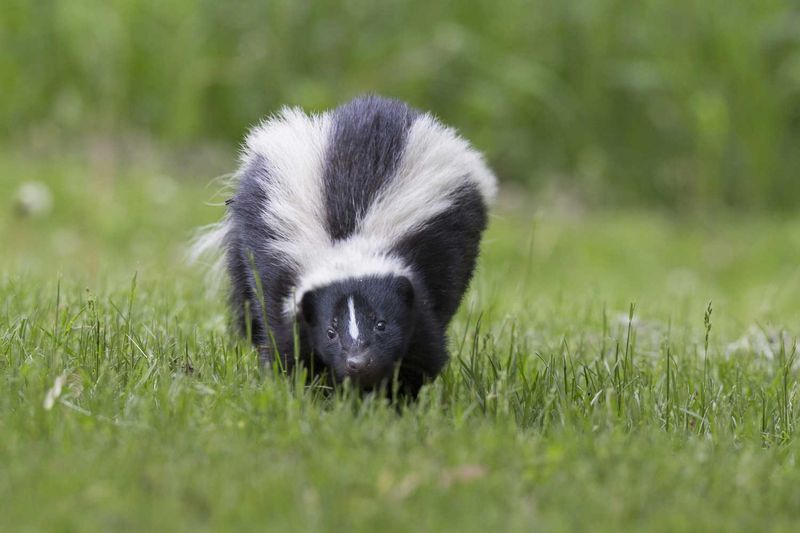
Famous for their powerful defense mechanism, these black and white mammals frequent Chicago’s parklands.
Skunks help gardeners by eating grubs and insects that damage plants. Lincoln Park and other green spaces provide perfect hunting grounds for these nocturnal creatures, who typically only spray when truly threatened.
Eastern Gray Squirrels
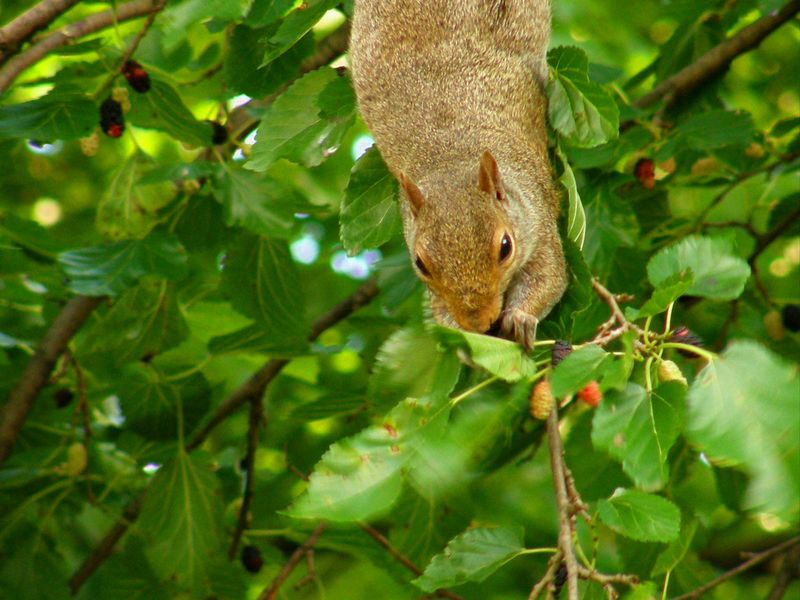
Acrobatic tree-dwellers entertain parkgoers with their gravity-defying leaps and busy nut-burying activities.
These bushy-tailed rodents have adapted remarkably to city life. In Chicago’s Millennium Park and beyond, gray squirrels have learned to approach humans for handouts while maintaining their natural foraging behaviors.
Wild Turkeys
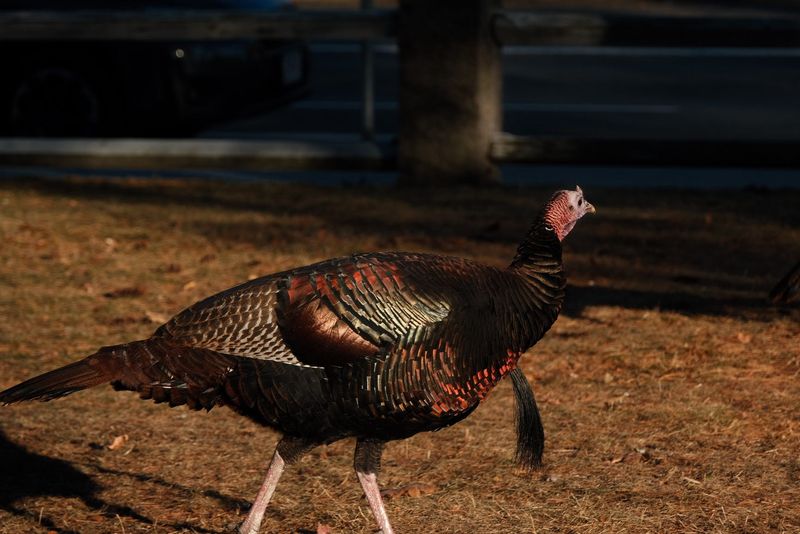
Surprising many downtown visitors, wild turkeys strut confidently through some Chicago parks.
Once nearly eliminated from Illinois, these impressive birds have made a comeback. Weighing up to 20 pounds, turkeys forage in small flocks at places like the LaBagh Woods, showing nature’s resilience in urban settings.
Bats
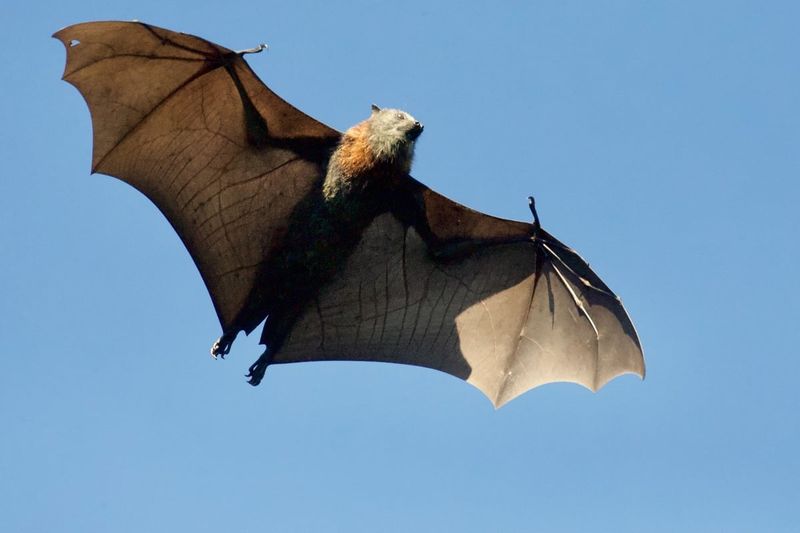
Against the Chicago skyline, these aerial insect hunters perform nightly pest control services.
Several bat species, including the little brown bat, feast on mosquitoes and other insects in Chicago parks. A single bat can devour 1,000 mosquitoes per hour, making these nocturnal mammals welcome residents of the urban ecosystem.

